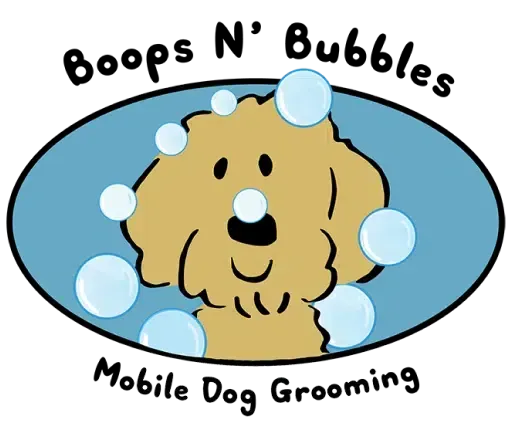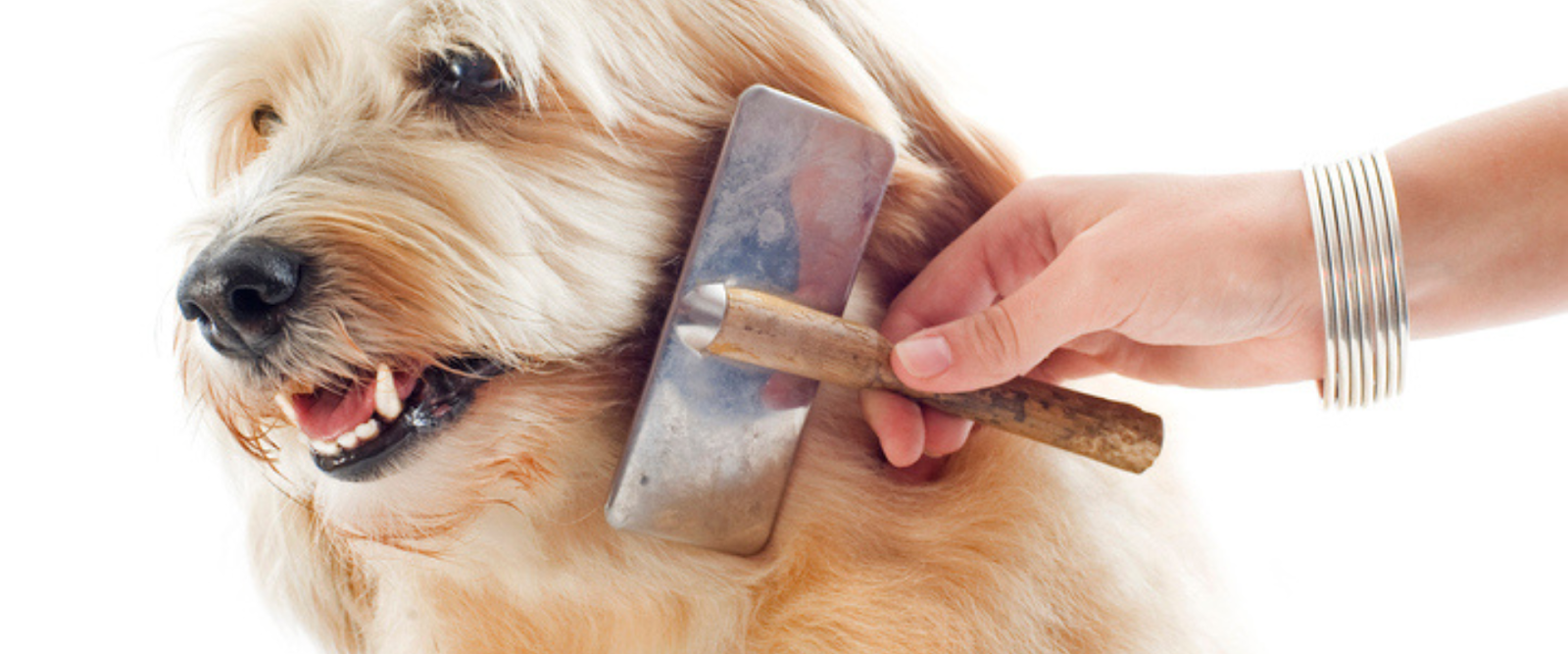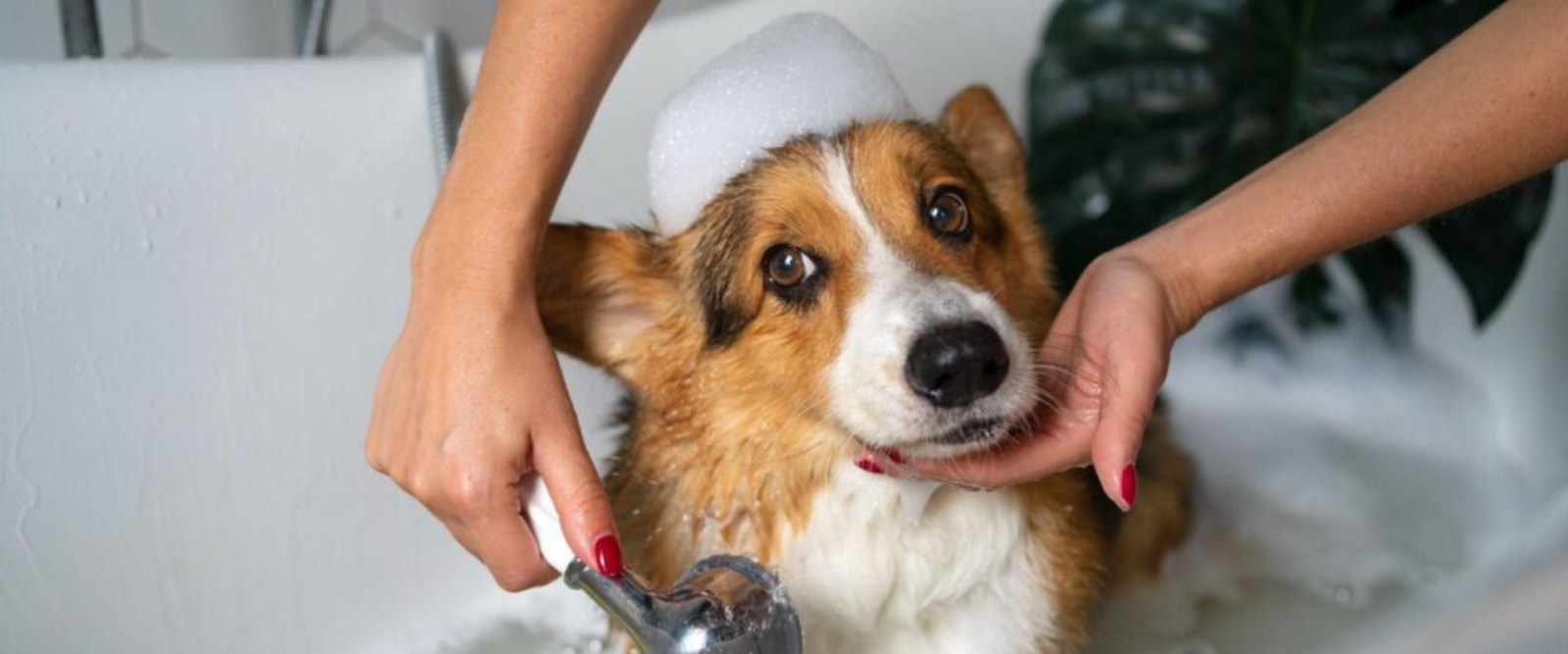Why Does My Dog Have Eye Boogers? Causes and Safe Remedies
If you’ve ever found yourself asking, why does my dog have eye boogers, you’re not alone. A bit of discharge in the corners of the eyes is common and often harmless. But when that discharge becomes excessive, sticky, or oddly colored, it could signal something more concerning.
At Boops N' Bubbles, we’ve seen how often pet parents bring up this issue during grooming visits. Understanding the difference between normal and abnormal eye discharge is key to keeping your dog healthy and comfortable.
This guide breaks down what causes eye boogers in dogs, safe treatment options, and signs that mean it’s time to see a vet. Whether your pup has occasional crust or constant tearing, we’re here to help you understand what’s normal and what’s not.
What Are Dog Eye Boogers?
Dog eye boogers are the crusty or gooey discharge that collects around a dog’s eyes. They can appear as small, tricky bits or sticky, wet residue. Medically known as epiphora, this discharge can vary in color—clear, white, yellow, or even reddish-brown—often leading to dog tear stains. While occasional boogers are regular, frequent or excessive discharge might signal an underlying issue. Understanding the type and frequency of the discharge helps determine when to worry about dog eye boogers.
Normal vs. Abnormal Eye Discharge
A small amount of clear or slightly cloudy discharge is typical for most dogs, especially after waking up. This is often just the eyes cleaning themselves naturally. However, abnormal discharge, such as yellow, green, or thick mucus, could indicate a problem. Persistent dog tear stains or boogers that don’t go away with gentle cleaning may need attention. Monitoring your dog’s eyes regularly helps you spot changes early.
Common Causes of Eye Boogers in Dogs
Eye discharge in dogs can be triggered by a range of everyday causes, from seasonal changes to underlying health conditions. Knowing the root issue helps determine if it’s something that can be managed at home or if medical care is needed.
Allergies and Environmental Irritants
Dust, pollen, cigarette smoke, and even strong cleaning products can irritate a dog’s eyes, leading to sticky discharge or tear stains. If your dog reacts to grooming products, try switching to a gentle baby shampoo that is fragrance-free and tear-free. Harsh products may worsen the irritation, especially around the face and eyes. Regular grooming, such as a blueberry facial, can also soothe irritated skin around the eyes.
Eye Infections and Conjunctivitis
Infections are a common cause of thick, colored eye discharge. Watch for signs like yellow or green goo, eye redness, pawing at the face, or squinting. If you suspect an infection, don’t delay; seek veterinary care to prevent complications. Knowing when to worry about dog eye boogers is key to catching infections early.
Blocked Tear Ducts or Excessive Tearing
Tear ducts that don’t drain properly can cause tears to overflow onto the face, leaving behind residue that collects dirt and debris. Over time, this can lead to tear stain buildup, especially around the inner corners of the eyes and along the snout. If you notice persistent discharge, consult a vet to explore dog eye booger treatment options.
Breed-Specific Traits and Flat Faces
Certain breeds, such as Maltese or Lhasa Apsos, are prone to tear stains due to their facial anatomy or hair growth around the eyes. Long hair can irritate the eyes, leading to more discharge. Regular grooming, including paw pad and sanitary trim services, can keep hair away from the eyes and reduce irritation. This is especially useful for breeds that get goldendoodle haircuts or have facial folds.
Injury or Foreign Object in the Eye
If a dog suddenly develops eye discharge along with discomfort, swelling, or visible irritation, it could be due to an injury or debris like grass, dust, or even loose hair. In these cases, avoid home remedies and consult your vet immediately to avoid further damage.
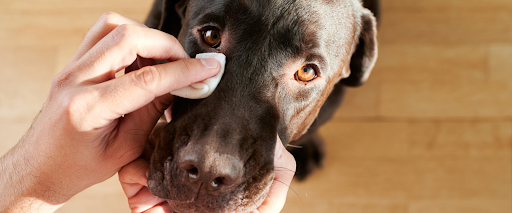
When to Worry About Dog Eye Boogers
Knowing when to worry about dog eye boogers can save your dog from discomfort or serious health issues. Contact a vet if you notice:
- Yellow, green, or bloody discharge
- Redness, swelling, or squinting
- Excessive tearing or tear stains that don’t improve
- Changes in eye color or cloudiness
- Behavioral changes, like pawing at the eyes
These signs could indicate infections, injuries, or conditions like glaucoma. Early intervention ensures the best dog eye boogers treatment outcome.
How to Safely Clean and Manage Eye Boogers at Home
Some dogs just need a little help keeping their eyes clean. If the discharge is mild and your dog seems comfortable, basic at-home care can make a big difference.
Use a Damp Cloth or Dog-Safe Wipes
The easiest way to remove buildup is with a soft, damp cloth or a wipe made specifically for dogs. Gently wipe the area around the eye, being careful not to tug on the skin or fur. Keeping up with small grooming habits, such as brushing and cleaning dog ears, can also help prevent irritants from building up on the face.
Regular Grooming Around the Eyes
Long or curly facial hair can trap moisture and debris, leading to more frequent eye boogers. Trim the fur around the eyes regularly to help keep the area dry and clean. Making time to groom your dog at home or with a professional can reduce the chances of buildup turning into an infection.
Preventing Tear Stains with the Right Products
If your dog struggles with dark streaks under the eyes, look for mild cleansers or tear stain removers formulated for sensitive skin. Tear stains can also be reduced by improving your dog’s water intake and reviewing their diet. Sometimes, food sensitivities can lead to excessive tearing or mucus.
Treatment Options for Chronic or Severe Cases
If your dog’s eye boogers are persistent, painful, or keep coming back despite cleaning, it may be time to consider professional treatment. Chronic eye discharge can point to allergies, infections, or underlying conditions that need more than just at-home care.
Vet-Recommended Medications
Veterinarians may prescribe medicated eye drops, antibiotic ointments, or anti-inflammatory treatments depending on the root cause. These treatments can help clear up infections, reduce swelling, and improve tear drainage. Always follow your vet’s instructions carefully and avoid over-the-counter remedies unless approved.
Professional Dog Grooming Services Can Help
For dogs with heavy facial folds or long hair near the eyes, regular grooming can help prevent buildup before it becomes a problem. Mobile Dog Grooming services are a convenient option, especially for dogs that don’t enjoy car rides or vet visits.
Eye Booger Prevention Tips for a Healthier Pup
Prevention is always easier than treatment, especially when it comes to eye care. A few simple habits can help reduce buildup, prevent infections, and keep your dog comfortable.
Daily Eye Checks and Gentle Cleaning
Make it part of your morning or evening routine to check your dog’s eyes for discharge or redness. A quick wipe with a clean cloth can prevent debris from hardening or irritating the skin. Being consistent with basic care can save a trip to the vet later.
Watch for Diet or Allergy Triggers
Some dogs react to certain foods or ingredients with watery eyes or increased mucus. If you notice symptoms after a diet change, talk to your vet about potential allergens. Keeping your dog’s face dry and clean after meals or playtime also helps reduce the risk of buildup and infection. Some owners also take the opportunity to
clean dog paws and apply products that help
moisturize dog skin, especially if allergies flare up.
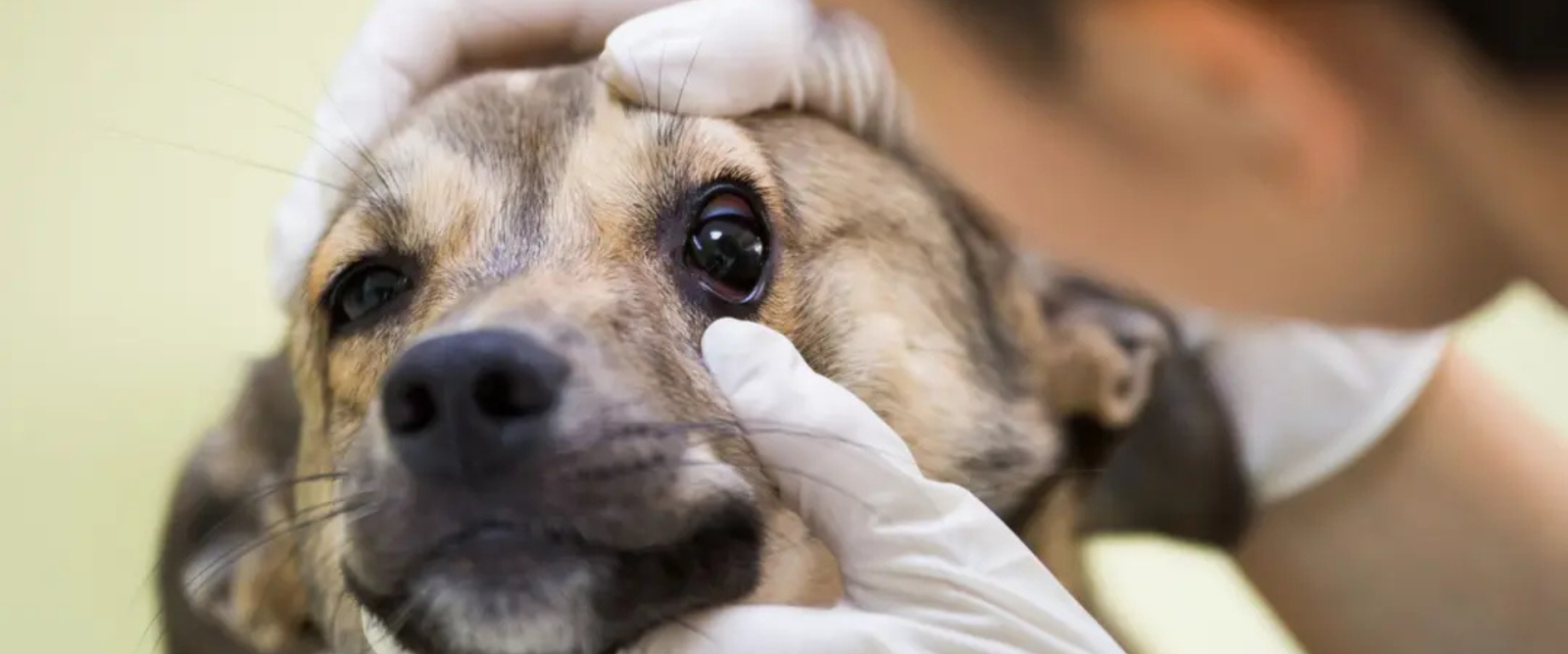
FAQs
Why does my dog have excessive eye boogers?
Excessive dog eye boogers could stem from allergies, infections, or blocked tear ducts. Monitor the discharge and consult a vet if it’s persistent or discolored.
How can I safely remove dog tear stains?
Use a damp cloth or vet-approved wipes to clean dog tear stains gently. Regular grooming, like sanitary trims for dogs, helps prevent buildup.
Are dog eye boogers a sign of illness?
Not always, but yellow, green, or thick discharge can signal infections. Knowing when to worry about dog eye boogers helps you act quickly, and see a vet if symptoms persist.
Can diet affect dog eye boogers?
Yes, a balanced diet with omega-3s and proper hydration can reduce dog eye boogers. Filtered water may help minimize dog tear stains in some breeds.
Keep an Eye on Your Dog’s Eyes
Eye discharge is a standard part of dog care, but knowing what’s normal and what’s not can make all the difference. We’ve covered the everyday causes of eye boogers, when to worry, safe ways to clean them, and how grooming can help reduce buildup over time.
Suppose you’ve been wondering why my dog's eye boogers. The answer often depends on breed, environment, health, and hygiene. Occasional discharge is normal, but changes in color, texture, or frequency should never be ignored.
Contact Boops N' Bubbles today to schedule a grooming appointment with a team that genuinely understands sensitive care.
